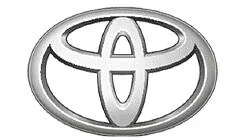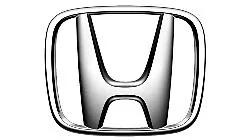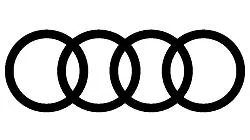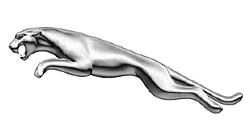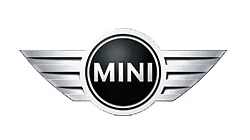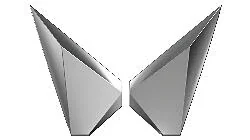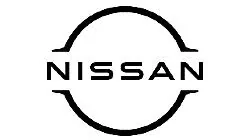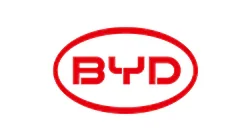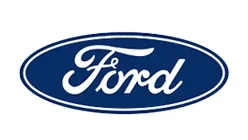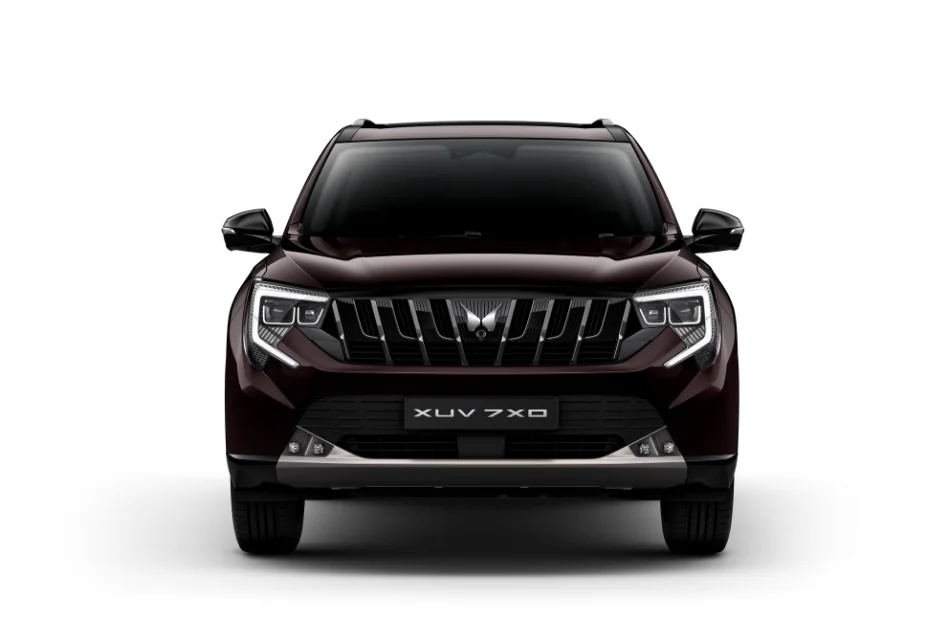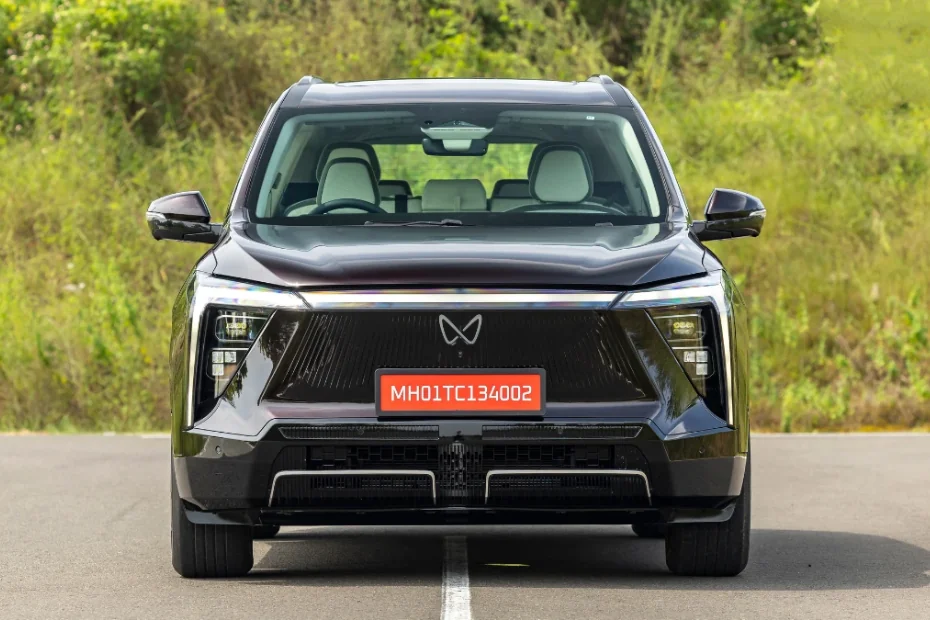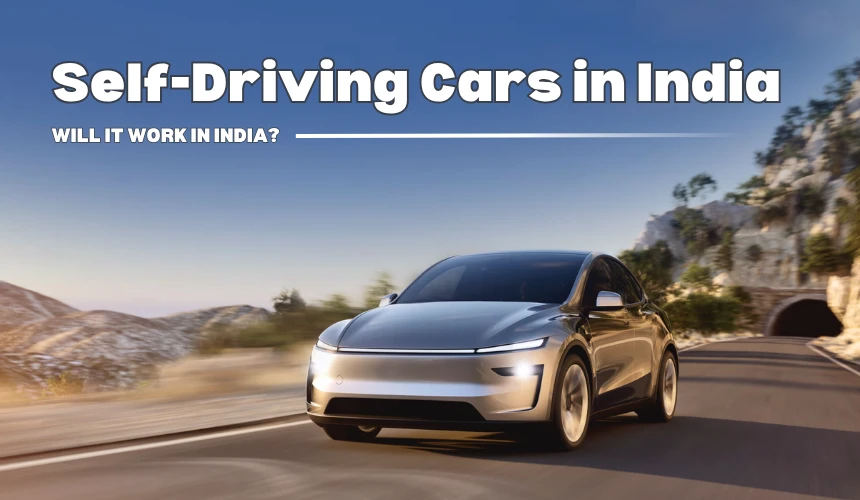
Post the launch of the Ather 450 in 2019, two things were clear: electric two-wheelers were truly raising the bar, and scooters were maybe the finest vehicle configuration to revolutionise electric mobility in India. While at Car Lelo - we continue to provide best deals on electric cars the two-wheeler segment is fairly new. With a low floorboard appropriate for placing the large battery pack and being used primarily within the city and by young and old, men and women equally, the format seemed perfect to garner widespread approval with few alterations. The only thing left to accomplish was to take advantage of economies of scale and compete with the existing ICE solutions! When resurrecting the Chetak, Bajaj squandered a good chance. TVS failed even more miserably with the iQube, and Hero Electric is no Hero MotoCorp! None of the other newcomers, such as Okinawa and Benling, were capable of challenging the existing quo.
We finally have it, some three years later: India's first mass-produced electric scooter. Let me be clear: this is unquestionably the beginnings of a revolution, one that no competitor can afford to ignore (related read).
The magnitude is unprecedented: a 500-acre megafactory in Tamil Nadu with a planned yearly capacity of 10 million units has already been commissioned to produce a million! To put that statistic into context, India sells approximately 18-20 million two-wheelers per year! So, Ola is aiming not only to become the country's largest seller of electric vehicles, but also to challenge the current leaders in the two-wheeler industry! How attainable is that goal? Time will tell. If all goes according to plan, a brand new scooter will be rolled off their assembly line every 2 seconds!
Such quantities do have several significant advantages that have never been seen previously in the market, particularly in the electric space:
- Color and customization choices - the Pro comes in ten different colours!
- Price - While not as cheap as IC competition, it is still quite competitive when considering the features, current fuel prices, FAME 2 and state subsidies.
- A highly automated production process should result in more consistent quality.
The scooters start at Rs 99,000 and go upto Rs. 1.29 lakh, respectively (including FAME 2 subsidy). State subsidies are not included in the aforementioned price, and the Ola S1 competes with petrol-engined scooters in a few states. In Gujarat, for example, the base S1 costs only Rs. 79,999!
Ola has selected a two-pronged positioning for its product, challenging (and exceeding) the specifications of premium positioned electric scooters like the Ather while competing in terms of affordability with premium ICE scooters. Sure, they might have sacrificed numerous 'luxuries' in order to offer a more modest price, but to be honest, we Indians have never appreciated market disruptors who attempted to be cheaper than the competition (Tata Nano is the best example that comes to mind).
Overall, the Ola S1 is comfortable for both the rider and the pillion, although as previously stated, there are some noticeable deficiencies that could be deal breakers. But, before we get there, a word on the general plastics and quality in the scooter segment.
About Author
Team CarLelo is a group of passionate car enthusiasts and auto experts who bring you the latest car news, launches, reviews, and buying tips. The team focuses on simple, clear, and useful content to make car buying easy and stress-free for readers across India.
Top Car Brands in India
Top Car Brands in India
Trending Car News in India
Trending Cars in India
Trusted Dealer
All Over India
Irresistible Offers
Stay Updated, Pay Less
Compare Cars
Choose the Right Car
Easy Finance
Multiple Finance Options

Monday - Saturday
10:00am - 6:30pm
+91 7947722777, +91 7479000444, +91 9311718549
contact@carlelo.com









